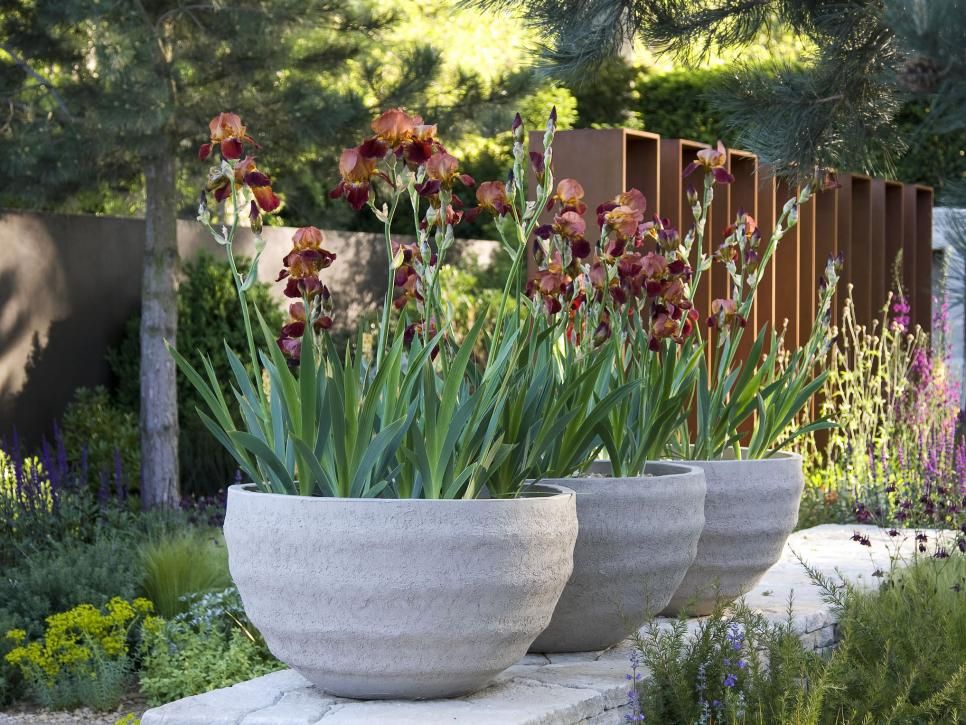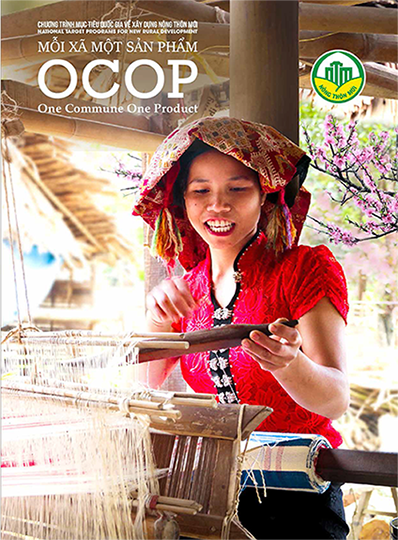1. Product Requirements
Garden pots (or planters) are containers to cultivate and display flowers, plants and vegetables in. They come in all shapes, sizes, colours and materials. European consumers outside cities place garden pots on porches, front steps and in gardens, while in urban settings they use them in small gardens, on balconies, rooftops, or inside the home.
a) Product Quality
Functionality
Garden pots need to allow effective water circulation to keep the plants healthy and the soil fertile. Sizes need to provide the plant’s roots enough space to create a good airflow.
Material
Various materials can be used for garden pots, such as terracotta, plastic, wood, stone, metal and biodegradable materials. To facilitate shopping, transport and garden makeovers, garden pots should be easy to carry and move around. This makes lightweight materials popular.
Design
Garden pots needs to respond to trends in indoor and outdoor decoration, because design features such as shape and decoration matter. Oval and round shapes dominate, but rectangular and other shapes are used depending on whether styles are more expressive or minimalist.
Garden pots are in a competitive, price-sensitive segment, and planter design also needs to maximise container space. For that reason, pots are often designed with their packaging and the overall loadability of the container in mind.
Durability
Garden pots are generally an outdoor product. They need to withstand changes in weather, ranging from high levels of sun to rain and snow. Wooden containers may need annual treatment with a preservative or stain to retain their appearance and prevent deterioration.
Labelling
Information on the outer packaging of garden pots should correspond to the packing list sent to the importer. External packaging labels for garden pots should include the producer, consignee, material, quantity, size, volume, country of origin and caution signs. They should also show the number of pieces, bale/box identification, total number of bales or boxes, and net and gross weight.
EAN or barcodes on the product label are common in Europe
Your buyer will specify what information they need on the product labels or on the item itself, such as logos or “made in…” information. This is part of the order specifications. Use the English language for labelling, unless your buyer indicates otherwise.
b) Product Packaging
Importer specification
You should pack garden pots according to the importer’s instructions. They have their own specific requirements for the use of packaging materials, filling boxes, palletisation and stowing containers. Always ask for the importer’s order specifications. These are part of the purchase order.
Damage prevention
Properly packaging garden pots minimises the risk of damage by shocks. How an item is packaged for export depends on how easily it can be damaged. Packaging should ensure the items inside a cardboard box cannot damage each other. It should also prevent damage to the boxes when they are stacked inside the container. Packaging therefore usually consists of outer and inner cardboard boxes filled with protective materials like bubble wrap or paper.
Dimensions and weight
Packaging must be of easy-to-handle dimensions and weight. Standards are often related to labour regulations at the point of destination, specified by the buyer. Boxes are usually palletised for air or sea transport. Make maximum use of pallet space.
Cost reduction
Nesting or stacking garden pots inside the container reduces costs. While packing has to provide maximum protection, you must also avoid using excess materials or shipping “air”. Waste removal is a cost to buyers.
Material
Importers are increasingly banning wooden crating and packaging due to their unsustainability and high material and disposal costs. Economical and sustainable packaging materials are more popular. Using biodegradable packing materials can be a market opportunity. For some buyers, it can even be a demand.
Mould prevention
Wooden garden pots can mould or crack, so you need to properly dry the wood after production. Condensation inside the container during transport can cause mould, due to humid air becoming colder at night and warmer during the day. You need proper air ventilation inside the container to prevent this. Before shipment, you must inspect containers for air holes. You can also place products to reduce humidity amongst the cargo. Make sure to follow the importer’s instructions.
2. Through what channels can you get garden pots on the European market?
The market channels and segments for garden pots do not differ significantly from the sector in general. Market channels In the European market, garden pots are commonly distributed both off- and online through garden centres, DIY outlets, florists, general home decor retailers. Trade associations and fairs are also interesting opportunities.
Market segments
The European market for garden pots is extremely segmented. Supermarkets, DYI outlets and garden centres sell low-priced, basic, undistinguished pots. The mid-end segments supply more decorative products, whereas high-end segments offer premium materials, design and craftsmanship. There are opportunities for you, especially in the higher-end markets if you add value with high-quality design and materials.
3. What are the end-market prices for garden pots?
There is a wide price range within the European market for garden pots, as the product itself is widely varied. Prices depend on the material, size, design, as well as complexity and additional features. The table below indicates consumer prices of garden pots:
| Low-end | Middle-end | High-end | |
| Garden pots | € 15-50 | € 50-150 | € 150-375 |
Consumer prices depend on the value perception by the consumer in a particular segment. This is influenced by your marketing mix: product benefits, promotion (brand or not, communication of product benefits), points of sale (reseller positioning), and a matching price. For consumers shopping at a garden centre, price expectations are different from those at a premium department store. Shipping, import and handling add 25% to the price of your garden pots. Wholesalers account for a further 100% markup. Finally, retailers may add another 100–150% to the price.
Tips:
The value perception of your product in the chosen segment determines its price. The quality and price of your garden pots must match what is expected in your chosen target segment. To determine your price, study consumer prices in your target segment and adjust your cost accordingly.
Understand your segment. Offer a correct marketing mix to meet consumer expectations. Adapt your business model to your position in the market.
Source: https://www.cbi.eu/market-information/home-decoration-textiles/garden-pots




